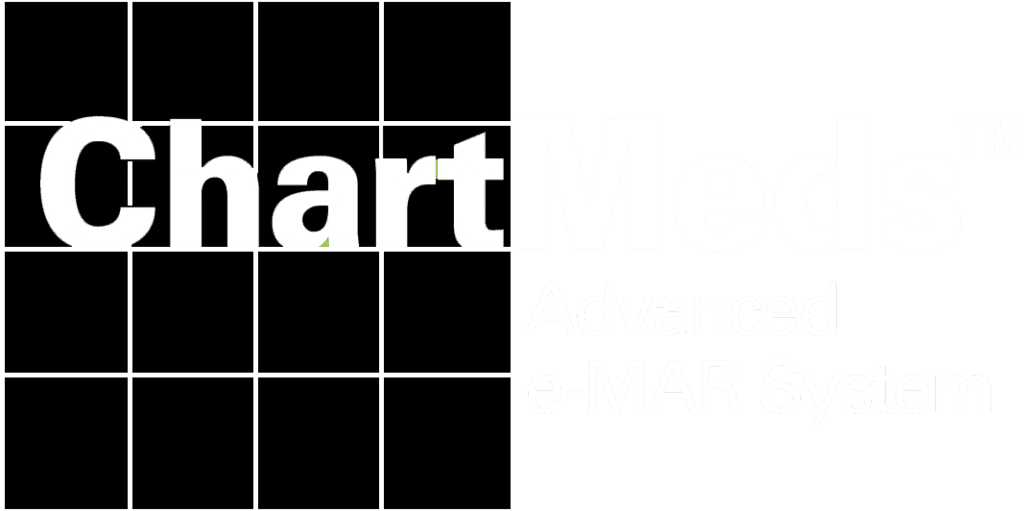Employee retention is a critical issue for healthcare organizations, and for good reason.
When healthcare organizations struggle to retain their employees, it can lead to decreased morale, increased staffing shortages, and reduced quality of patient care. To avoid these pitfalls that can disrupt your operations, having an employee retention strategy in place is crucial.
Today, we’ll explore some ways to improve employee retention for your own organization. First, let’s take a look at the current state of turnover in the healthcare sector.
Is Employee Turnover High in Healthcare?
As of January 2023, the hospitals experience an average turnover rate of 100% every five years. When employees leave, they take with them institutional knowledge, and the organization may have to spend resources to train new employees. Additionally, high turnover rates can lead to decreased morale, which can have a negative impact on patient care.
For any business model, not just public health, employee retention is vital for both growth and maintaining a standard for quality. It also aids in stabilizing operations, as it can help avoid shortages when professionals like doctors and nurses are needed most.
The Challenge of Employee Retention in Healthcare
Retaining employees in healthcare organizations is challenging due to a variety of factors. One key factor is the competitive job market, which can make it difficult for healthcare organizations to attract and retain top talent.
Additionally, many healthcare roles are highly demanding, which can lead to burnout and turnover. Where doctors and nurses may want to spend most of their time with patients and providing care, they can easily become bogged down by administrative tasks that disrupt their workflow and create distractions that can impact their job satisfaction.
Strategies for Improving Retention
Despite the challenges of retaining employees in healthcare organizations, there are strategies that can help improve retention rates. The following are some strategies that healthcare organizations can employ to improve employee retention.
Recruitment and Hiring
An effective recruitment and hiring process can help healthcare organizations attract and retain top talent. This process should include developing a strong employer brand, offering competitive pay and benefits, and creating an interview process that accurately assesses the fit of candidates with the organization.
Employee Engagement and Development
Providing opportunities for growth and development can help employees feel invested in their work and improve retention rates. Offering employee recognition and incentives can further aid in retaining them.
View your hospital as a place for professionals to nurture their talents, skills, and knowledge. This should be an environment where employees feel confident that they can grow their careers, receive gainful compensation, and spend more time with their patients.
Work-Life Balance and Well-being
Promoting work-life balance is critical to improving employee retention in healthcare organizations. Additionally, supporting employee well-being by offering resources like mental health support, wellness programs, or on-site fitness facilities can further help employees cope with work-related stressors and feel more valued and supported by your organization.
How a Public Health EHR Can Assist in Employee Retention
The public health center generates an ocean’s worth of data on a daily basis. However, when this information becomes siloed within organizations, these barriers can disrupt the continuum of care and prevent better outcomes for patients.
However, when using a quality electronic health records (EHR) software, this information becomes more tangible, shareable, and easier to collect without the strain and stress of entering it manually.
When using the right EHR, your organization experience the following benefits:
Less Time on Administrative Tasks
Tasks such as filing paper records or compiling data from multiple, disconnected sources consume excessive time and dilute the value of a working hour within the organization. When many of these processes can be automated and records are natively digitized and centrally stored, the painstaking process of managing documentation all but disappears.
More Complete Data
Because EHRs centralize data, a patient’s medical picture becomes more complete. You can access the full spectrum of information related to the patient’s medical history and current information so that better decisions and plans can be made regarding their treatment.
A More Efficient Billing and Claims Process
Beyond data administration, billing and claims processing are another massive undertaking that can compete for your employees’ time.
Using our own Revenue Cycle Management solution as an example, SMART Health Claims, we developed it to remove many of the typical manual processes that can interrupt your hospital workflow. With SMART, you can access and utilize the following:
- Online scheduling
- Eligibility verification
- Encounter management
- Claims management
- Payment processing
All of these data points can be compiled into an on-demand report that provides you with a transparent view of financial data that can be leveraged for more efficient billing and claims management. You can also use it to support financial analysis, such as revenue tracking and forecasting.
Increase the Value of Employee Time
Have you ever heard someone say “I just want to do my job”? Typically, that means they want to focus on the most important aspects of their role within an organization, healthcare or otherwise, instead of distracting auxiliary processes.
Working in the healthcare sector is more than a career choice, it’s a calling. When employees want to spend more time focusing on providing the highest quality of care possible to their patients, administrative tasks detract from the available hours they have available.
Instead, by offloading many tedious, recurring tasks, employees can maximize more of their working hours and spend time with patients and develop themselves professionally.
From an administrative standpoint, allowing employees to spend more time on the most critical aspects of their roles also generates more value from their time. Would you rather pay a large salary to someone to spend half of it doing paperwork, or do you prefer them to have more time focused on their patients?
Get an EHR Designed Specifically for Public Health Organizations
At Integrative, we understand the challenges, difficulties, and obstacles that staff shortages in healthcare can pose. To help your organization continue to better manage its data, offload administrative tasks, and create more quality time for your staff to utilize during their day, our EHR system and SMART Health Claims solution, you can streamline your information management and billing and claims processes so that your employees can maximize the value of their time.
To get started, learn more about our public health EHR solution here or request a demo anytime.









